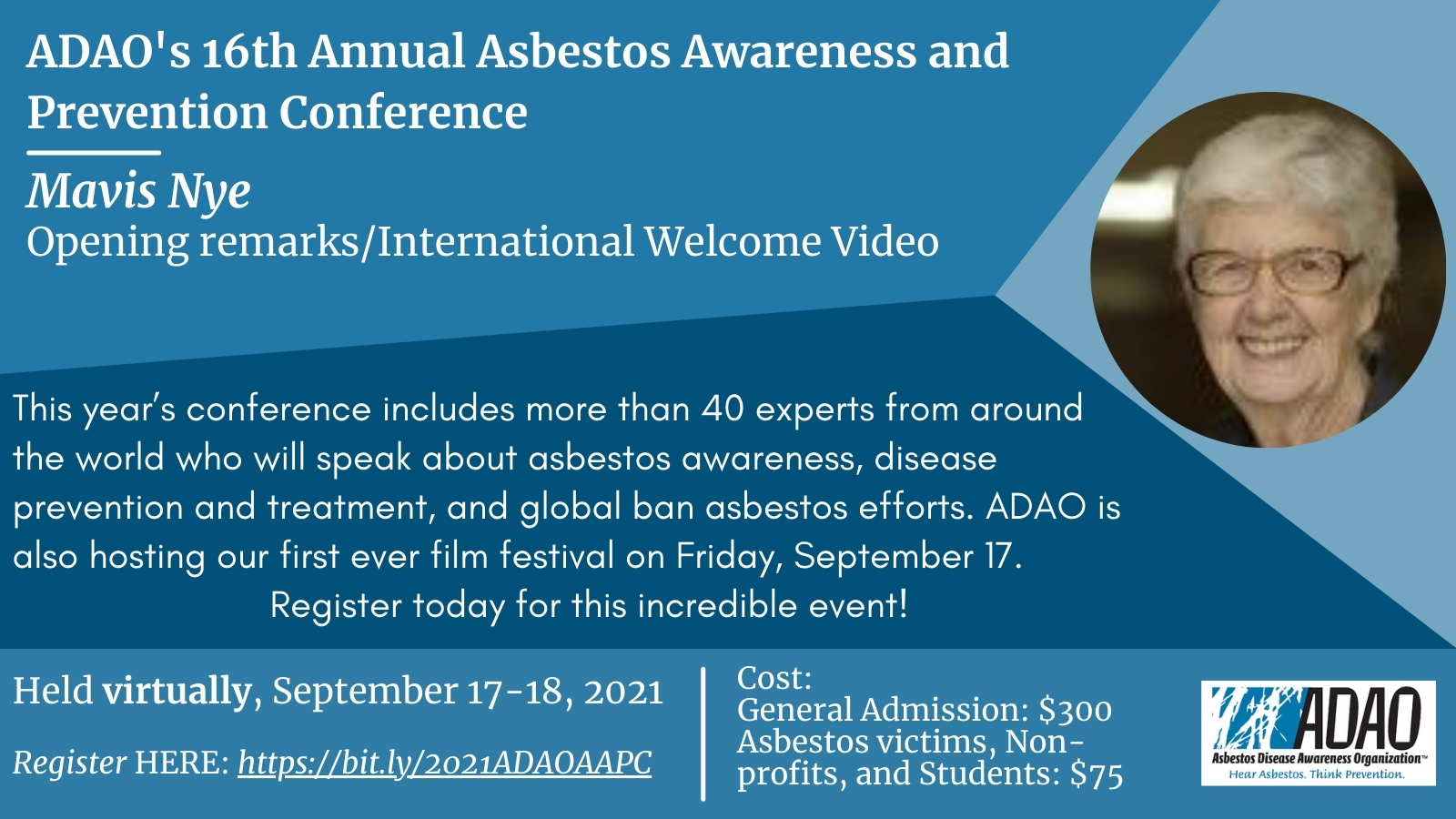
I have been out and away to Birmingham. The first time for 2 years almost. It was great to be packing a case and getting a taxi to the station, wait for a train and travel to London again. It was very strange.We had to down load all our COVID test details and jab info etc and we did a test to take. Its like a Pregnancy test waiting for the lines to appear.
We changed to the Birmingham train and was soon booking in to a hotel for the night and going out for a Japanese meal in the city.
Next morning off we travelled again by train to the NEC and we were back at the Contamination Expo with all our friends.
It was kisses and hugs (I felt safe as we were all tested and had a red arm band on)
So we spent a day happy, but after 2 years in slippers my poor feet. Both Ray and I found walking around getting harder and harder. We booked into the speakers lounge to load our talk onto their computer and to meet with the organisers, that done we were free to walk around again and have a drink.
It was lovely to get to our hotel.
I had booked us into the Hilton Metro, for a treat.
We went out for dinner at the other Hilton by the airport with Paul Chamberlin and the Sundstrum team and had a great laugh with Gary Pharo telling the rudest of story’s Bless him. (but thats another story)
We had to go back to our hotel, as we had to get up early to talk at the NEC.
Next morning we went to the theatre to make sure we knew how to work everything. It was empty and I thought we would be talking to ourselves at 10 in the morning, but it did fill up and we gave our presentation that was received really well.
Then we walked round and round again and bumped into so many people more hugs and kisses.
A great surprise was on the UKATA stand. Its amazing how someone that you only know through social media,and yet you know them so well and that was the case of meeting with Andrew Paten. He smiled at me OMG!! what a wonderful surprise. A very happy moment as I love his barcode for buildings that will show where the asbestos is in a building. Its got the right name. The Smart System, and it will be great for people like my son who is a fire alarm engineer. He will put his phone to the barcode and know just where the asbestos is and not have surprises finding it in lift shafts etc etc and be able to drill safely. Andrew is asking for investments to be able to see his dream happen keeping trades people and school children, NHS staff etc etc, safe https://www.ethex.org.uk/invest/uknar?utm_content=buffere8948&utm_medium=social&utm_source=twitter.com&utm_campaign=buffer
UK National Asbestos Register (UKNAR)

After a lovely lunch with more friends we had another walk around but then it was time to say goodbye,
Catch a train and change in London to our fast train to home.
We have lots of happy memories and lots of plans.






















